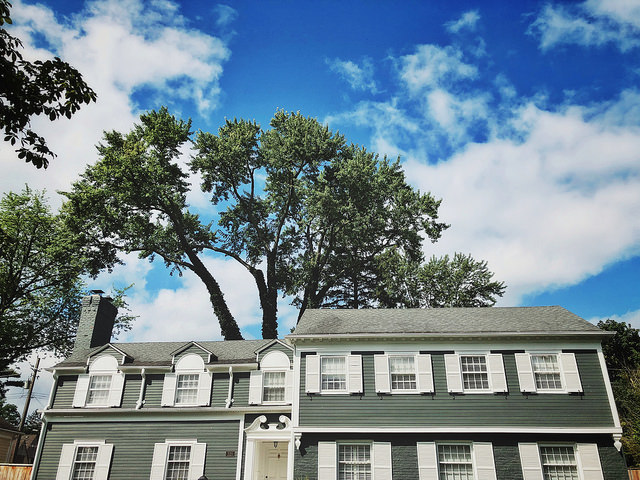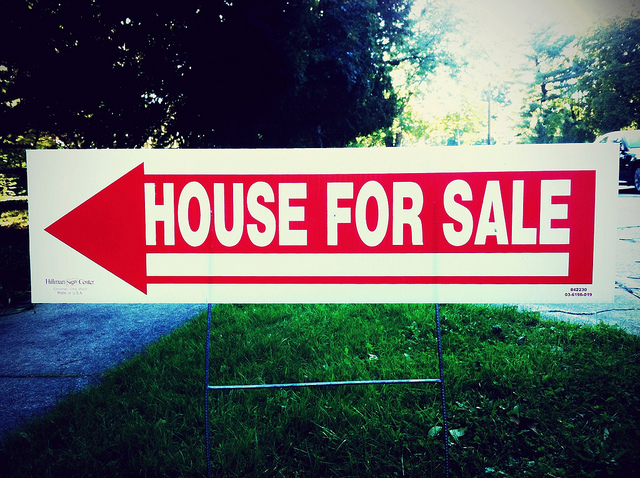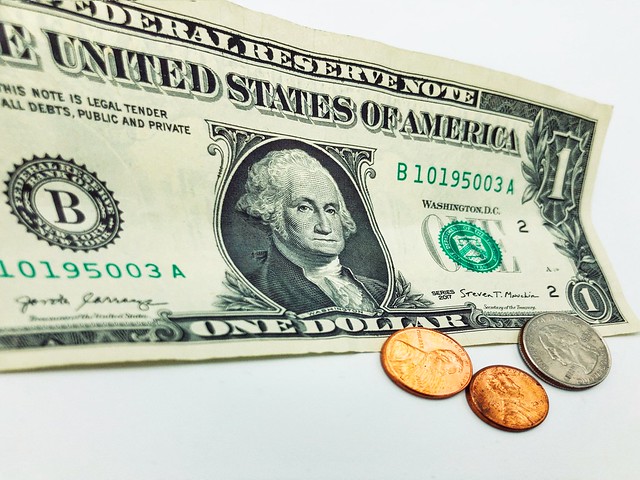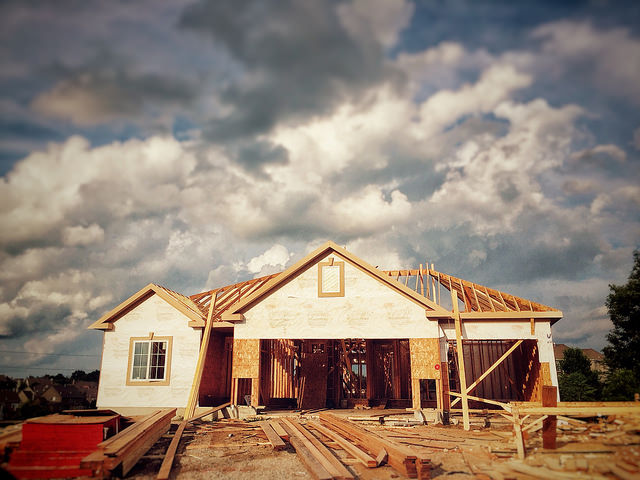Housing market conditions can vary from one location to the next. They can also vary depending on the price range you’re shopping in. For example, a prospective buyer looking for an affordable starter home may find more competition and fewer choices than someone shopping for a more expensive house. This is the case in today’s market. Following coronavirus-related shutdowns and stay-at-home orders, the number of homes available for sale declined – as homeowners who were planning on selling their home this spring put their plans on hold. But the economic uncertainty caused by the pandemic affected the market for affordable homes much more than it did more expensive homes. In fact, one of the driving forces behind the current median list price – which, according to one analysis, is now $333,372, up 4.2 percent from last year – is the fact that more expensive listings are now a greater percentage of the overall number of homes available for sale than they were just a few weeks ago. As the market recovers, and more homeowners list their homes for sale, this should begin to even out and bring greater balance to the market. (source)













